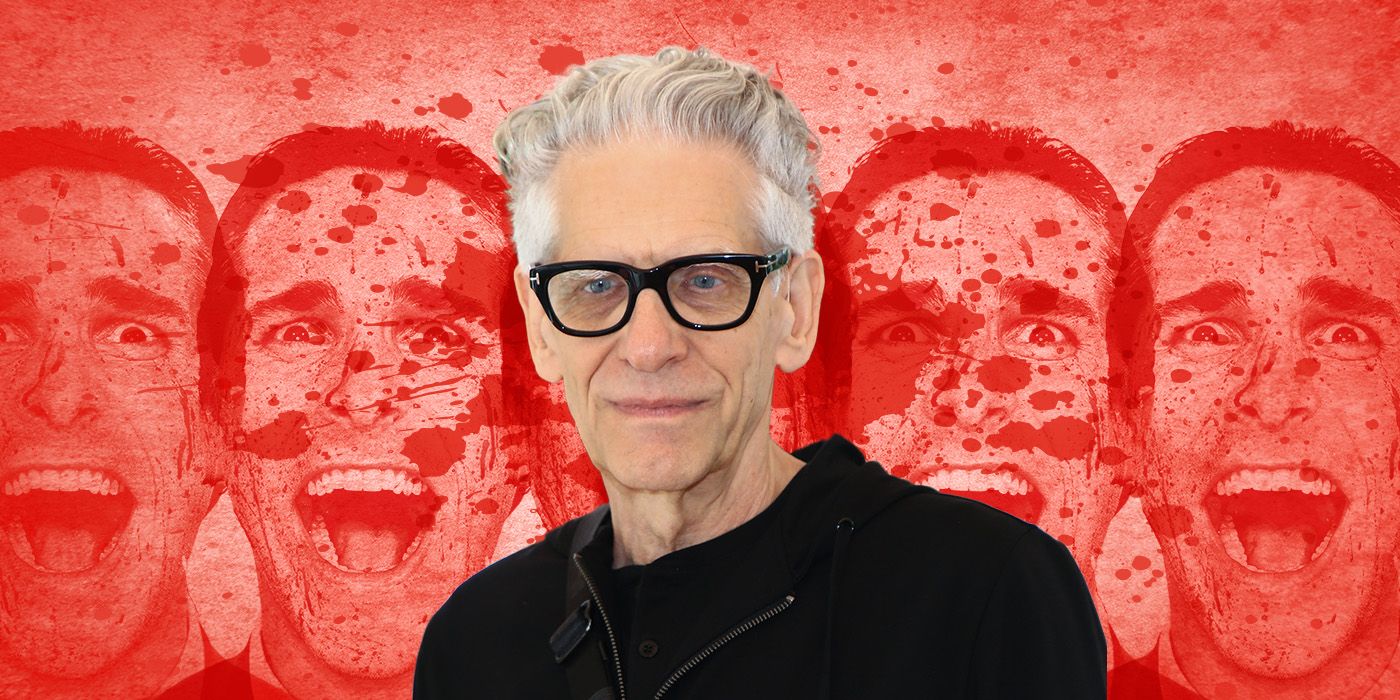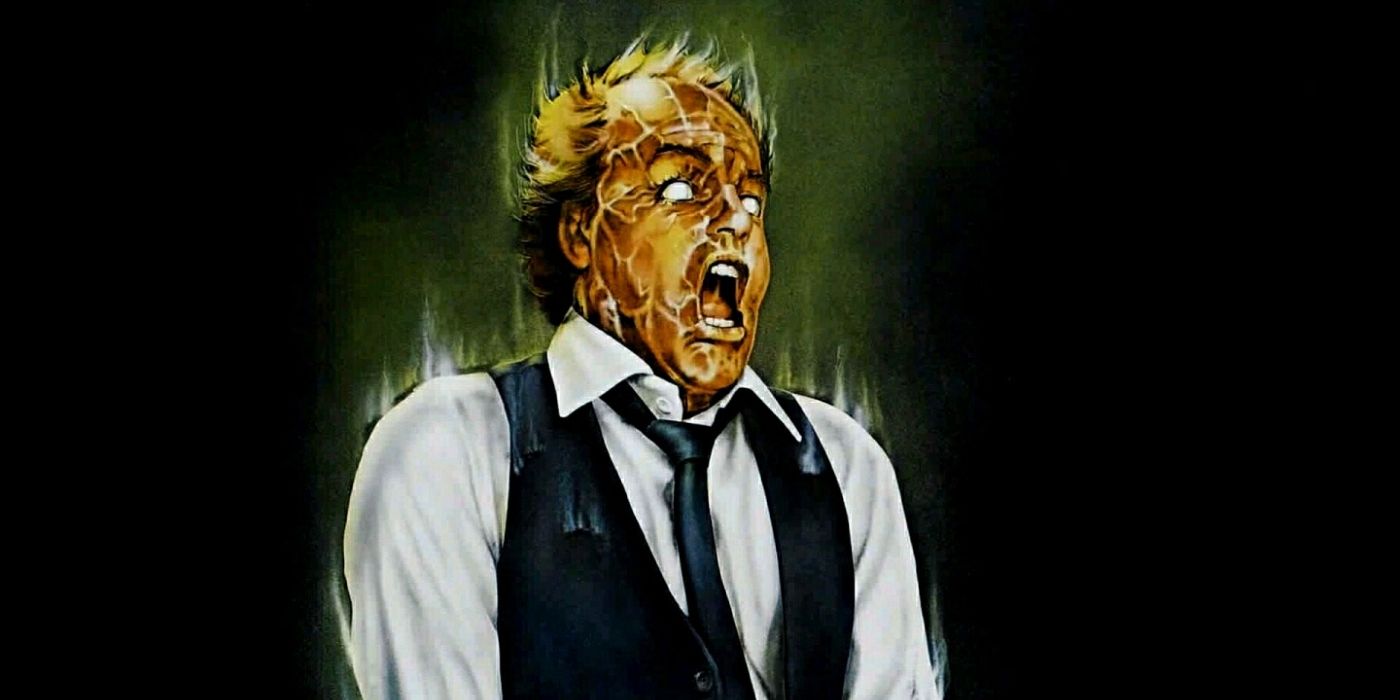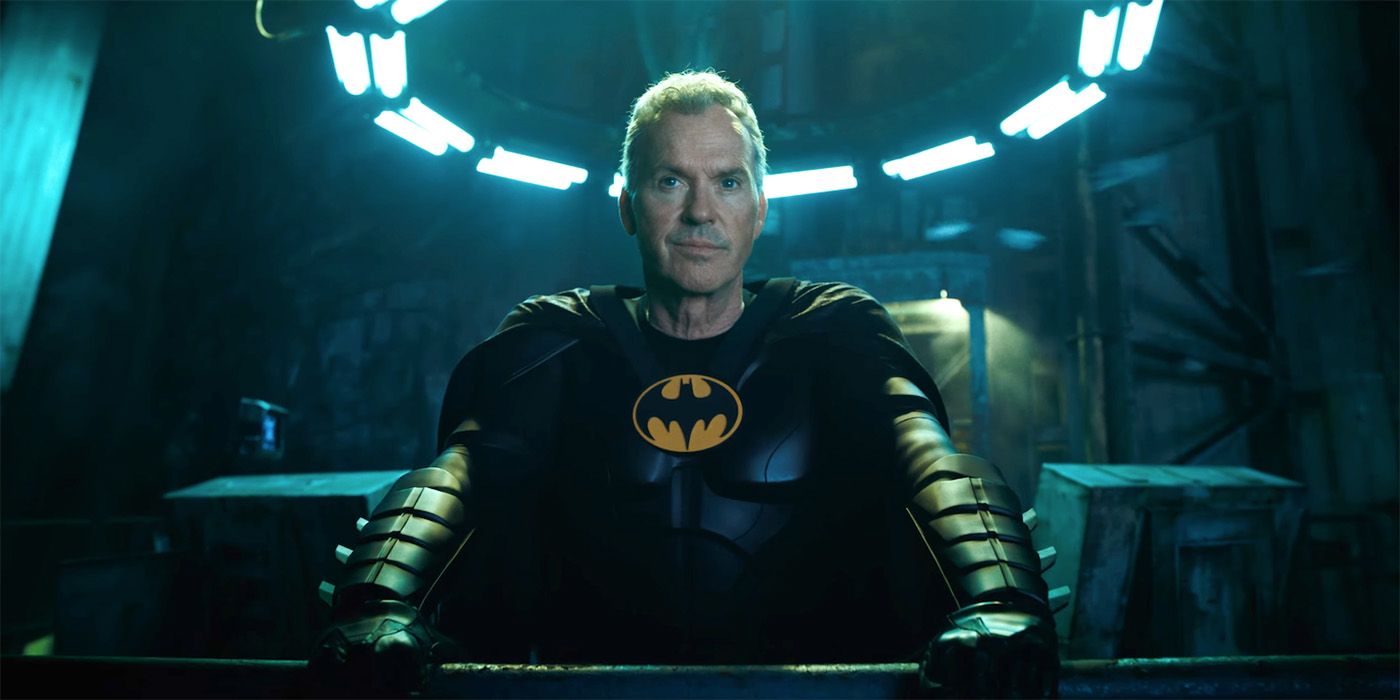The Big Picture
- The head-explosion scene in
Scanners
is unforgettable, iconic, and stomach-churning due to meticulous practical effects work. - Director David Cronenberg’s breakthrough film showcases the power of psychokinesis in a new, violent light.
- Conveying the horror of psychic powers through gore,
Scanners’
scene faced the threat of censorship but remains a hallmark of practical effects.
Sometimes a film can have a single moment that nearly overshadows the rest. Not that the 1981 film Scanners isn’t a good movie, it belongs in the pantheon of great sci-fi horror that came out in the 1980s, and is considered a cult classic. It was the public’s first exposure to the master of body horror, writer-director David Cronenberg, this being his breakthrough onto the scene after a few years of honing his craft in grindhouse cinema. It’s known for its comparatively creative use of psychokinesis as a tool for horror. It’s one thing to throw people around and crash some cars, Carrie-style, but Cronenberg took the idea to a new, stomach-turning level.
Before Seth Brundle’s transformation in The Fly, before the hand-gun and stomach slot in Videodrome, there was this mind-blowing scene. It’s an act of extreme violence committed by the antagonist of the piece, Darryl Revok, played by Michael Ironside, a cult sci-fi figure in his own right. Darryl is a scanner, a rare breed of person capable of incredible telepathic powers, who has mentally snapped and plans to take out any other scanner he deems as a threat and take over the world, as one does. This leads him to a marketing event for a private military company that’s hoping to better understand scanners, and stop him and his crew. He volunteers for an unnamed scanner (Louis Del Grande) who’s doing a demonstration, and after a tense telepathic battle, the ConSec scanner’s head explodes like a rotten watermelon.
A small scene, a smaller character, but a gigantic impact. Even if you haven’t seen the film, even if you’re entirely unfamiliar with Cronenberg’s work, you know this scene. It’s been presented as a meme, a GIF, the perfect encapsulation of exactly what it’s presenting. Not to mention it looks fantastic, that kind of tactile grossness that only practical effects can achieve with all its perfect imperfections. Like how his face kind of slides down as the top of his head pops, showing a violent destruction of the mind, or how the glasses go flying across the room. Of course, no actor is method enough to learn the powers of violent psychokinesis, so it was up to Cronenberg and his crack team of blood and gore experts to make this practical effect work as tremendously as it did.
Scanners
A scientist trains a man with an advanced telepathic ability called “scanning” to stop a dangerous Scanner with extraordinary psychic powers from waging war against non scanners.
- Release Date
- January 14, 1981
- Director
- David Cronenberg
- Runtime
- 103 Minutes
- Cast
- Jennifer O’Neill , Stephen Lack , Patrick McGoohan , Lawrence Dane , Michael Ironside , Robert A. Silverman
How To Explode A Head In Three Easy Steps
Like anything that can only be shot once before starting over, the head explosion took a lot of trial and error to look just right. There were a few things Chris Walas, Stephan Dupuis, Gary Zellar, and legend of the industry Dick Smith, had to consider when exploding a head: What should the head be made of? What should the inside of the head be filled with? And of course, how do you make it go kaboom with the desired effect?
The human body is a difficult thing to replicate in its entirety. It needs to have the firmness of muscle and the solidity of bone, but also vulnerability and, in layman’s terms, the squish of the organs inside the bones. The plaster wouldn’t cut it, it was as solid as blowing up a statue. They tried wax which had the desired gore but didn’t look human enough. Those who’ve watched enough Mythbusters already know the conclusion they came to: the best replacement for human muscle matter is ballistic gelatin, use latex for the skin, use plaster for the skull, and they had a mind that was ready to blow.

David Cronenberg’s ‘American Psycho’ Adaptation We Never Got To See
We almost saw Patrick Bateman’s dark journey end in a big musical number.
The baseline of the head’s filling was, naturally, fake blood. The classic formula of corn syrup, flour, and food dye could only get them so far; they had the blood, but the human head contains a brain, a skull, and general viscera. Instead of attempting an exact approximation of a brain and skull, the team just filled it with whatever they had lying around, scraps of latex and gelatin they had left over, even hamburger meat and pasta. It didn’t need to be realistic, the priority was that it would look good when they activated the squib – a small explosive device that is used in cinema most commonly for fake bullet wounds. The squib turned out not to be ideal. There was always a minor spark that would be caught on camera, Dupris recalls for TIFF’s David Cronenberg Virtual Exhibition:
“When it exploded with the explosives, there was a massive amount of smoke. It looked more like the Death Star than, you know, a human head exploding.”
The solution? A double-barreled shotgun, naturally. Not filled with actual shells, that would pose a considerable level of danger to the crew. The gun was instead loaded with kosher salt, finer than regular salt crystals that would show on camera too much. Everyone on set was told to clear the room, keep a respectable distance, and close their windows. Four coverage cameras were rolling, Zellar himself got behind the dummy, laid underneath it, aimed the shotgun at the nape of its neck, and fired. Blowing someone’s brains out never looked so good.
A Scene So Good Even The Censors Couldn’t Deny It
It looked great, but executive producer Pierre David was concerned it looked a little too great. He worried that the explosion would earn them an X-Rating, known as NC-17 today. He requested, much to the disappointment of the crew, that the excessively violent scene be re-shot. The crew wouldn’t have this, as director of photography Mark Irwin recalls in TIFF’s David Cronenberg Virtual Exhibition:
Gary pulls out his shotgun and blows the scene and the first one is solid plaster. Just like a marble head blew up. “OK, oh, c’est dommage. Let’s go again. I’m sorry that didn’t work. Try the next one.” And, same deal: click, explosion. Filled with mint jelly. Bright green jelly flying everywhere. “Oh, I don’t know what happened there. Let’s go again, we’ve got one more!” And the third one: filled with confetti. So, they were trying to tell – none too subtly – tried to tell Pierre, “We’re not going to this again. We had it perfectly.”
They ended up using the original, bloody, mincemeat-filled explosion for the final cut, and they managed to avoid the dreaded X-Rating in the US. The MPAA is not as harsh on violence as they are on other subjects, as those who watched the documentary This Film Is Not Yet Rated would know, so it doesn’t come as a massive surprise. One could think back to the infamous melting head of the beloved family classic Raiders of the Lost Ark, which came out the same year as Scanners, and consider the suspension of disbelief associated with both scenes of cranial destruction. No one can reenact the violence that comes from mind powers or ancient artifacts, after all. Or maybe everyone just gets the same sick kind of childish glee when they see the human body doing what it could never do, which is the morbid curiosity that body horror fuels.
Scanners is available to watch on Max in the U.S.
WATCH ON MAX




